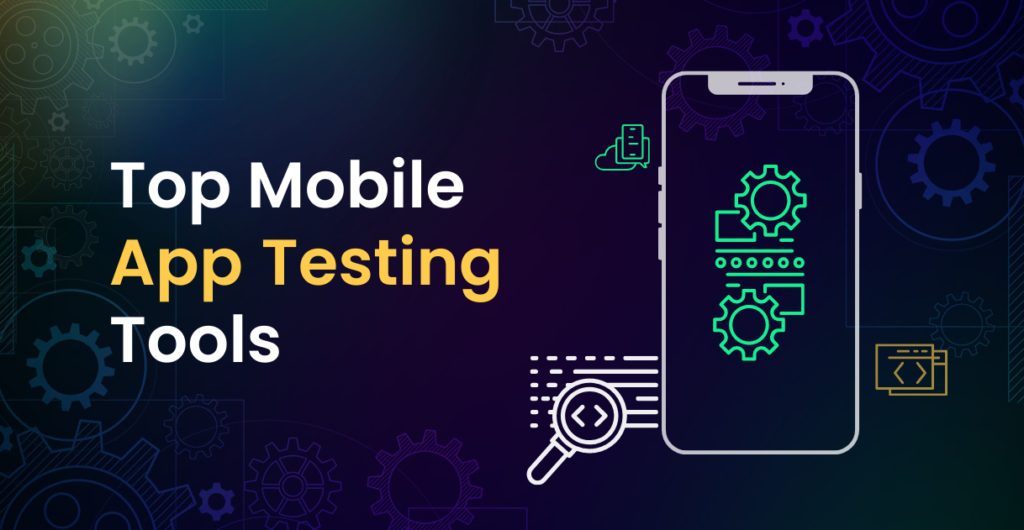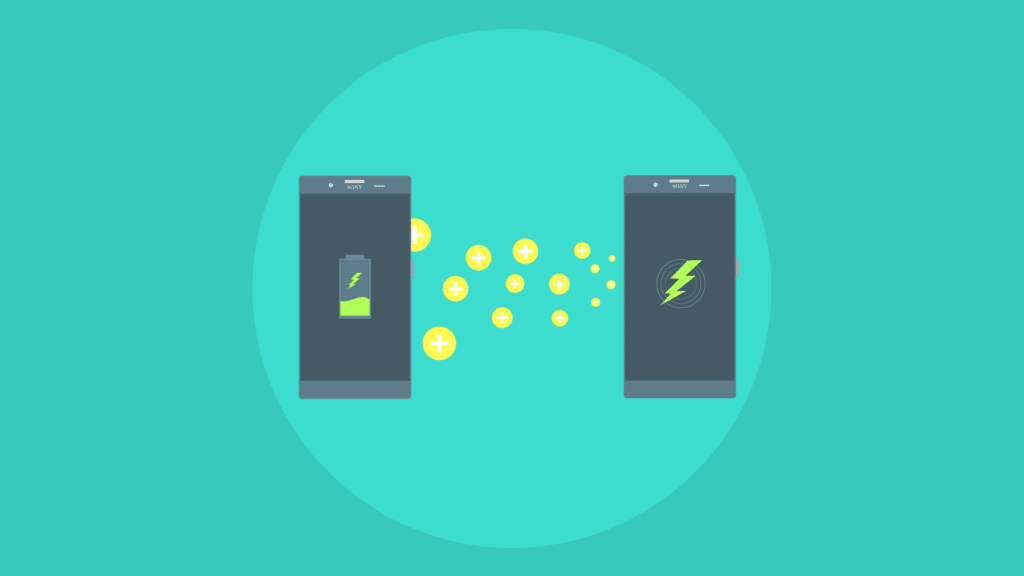For mobile app developers, one of the biggest challenges is ensuring that apps look and function flawlessly across the dizzying array of devices out there. From different screen sizes and resolutions to various versions of Operating Systems and even manufacturer customizations, the permutations are mind-boggling.
Getting an app pixel-perfect on one device is already a coding nightmare. But then ensuring that it renders appropriately and delivers a consistent user experience across hundreds of other devices? That’s enough to make even veteran developers break out in a cold sweat.
Traditional Approaches Brought Pain
In the early days, developers had to test apps on a multitude of real devices physically. This was slow, expensive, and logistically challenging. Offices would have shelves overflowing with smartphones and tablets just for testing purposes.
Then, mobile cloud services allowed developers to run tests on virtual devices instead of actual hardware. The no-code app testing platform was more convenient but still had severe drawbacks. The virtual devices didn’t accurately mimic all the real-world device properties and customizations. And frame-by-frame visual checks were manual and painstaking.
The mobile development world was screaming out for a better way to validate visual quality at scale. That’s when Visual Regression Cloud Services hit the market.
Related: Can Laptops With 8GB RAM Suffice A Gamer’s Needs?
Introducing Visual Regression Cloud

Visual Regression Cloud services integrate with existing no-code app testing platforms to automatically run visual tests across all target devices and operating systems. At each step of the build process, it renders the app in a cloud of natural device environments.
The service then uses advanced computer vision models to inspect each rendered frame in granular detail. It automatically detects any visual inconsistencies, regressions, or deviations from the baseline across any of the devices under test.
If issues are detected, the service flags them and attaches screenshots highlighting the problem areas. This eliminates tedious manual visual checks and allows developers to triage visual bugs quickly.
Key Benefits of the Visual Cloud
After struggling with traditional mobile testing approaches for years, Visual Regression Cloud has been game-changing in terms of efficiency, productivity and app quality.
Comprehensive Visual Coverage
The Visual Cloud can automatically map and test every possible user journey through an app across every target device. This gives utterly comprehensive visual testing coverage.
With any level of user interaction or data input, it renders pixel-perfect frames at each step and environment. It would be impossible for humans to test this many permutations manually.
Hyper-Efficient Visual Analysis
Running visual checks used to be an epic time drain for QA teams. With the advanced computer vision models in the Visual Cloud, these detailed pixel-level inspections happen automatically at machine speed.
The amount of human effort this saves is staggering. Teams can now focus on higher-level testing instead of visual grunt work.
Rapidly Surfacing Visual Bugs
When an app visually breaks in specific environments, it can be agonizingly difficult to identify the root cause. With the Visual Cloud instantly capturing examples, developers can rapidly spot regressions.
The detailed reports make it easy to reproduce issues and prioritize which devices urgently need fixing. No more playing “Where’s Waldo?” with visual bugs!
Catching Cross-Device Inconsistencies
Mobile apps need to render a consistent experience across device types, screen sizes, orientations, manufacturer skins, and more. Even tiny visual discrepancies can hamper usability.
The Visual Cloud proactively flags these cross-device inconsistencies at an atomic level. Developers can now ensure pixel-perfection across the entire device matrix with enterprise continuous testing.
Radically Faster Build Cycles
Previously, a good portion of each build cycle was consumed by tedious visual checks across all test devices. This constant start-stop-start-stop grind was a momentum killer.
Now that visual testing happens in parallel and automatically in the cloud, build/test cycles have radically accelerated. Teams can iterate faster and release apps sooner.
A Paradigm Shift for Mobile Testing
Visual Regression Cloud is bringing a new era for mobile app testing. It’s a significant change in how developers handle this important part of the development process. In an industry that values visual quality so much, these creative cloud solutions have given teams powerful tools made specifically for their needs.
The time of using manual tricks and solutions to bring about visual uniformity over a wide range of devices is long gone. The Visual Cloud simplifies this procedure, providing an automated workflow powered by computer vision that allows developers to achieve visual perfection on multiple levels without difficulty like never before seen.
This change in viewpoint has truly transformed the way developers handle visual testing problems. Visual Regression Cloud has drastically improved efficiency, allowing teams to iterate quickly and provide excellent application experiences for their users. The capability of rapidly recognizing and fixing visual regressions and disparities among devices has altered the boundaries of mobile app testing.
For the developers, this Visual Regression Cloud is like a game changer because it helps them solve their problem of chechecking for ansistent visual experience across many types of devices. It changes not only how the team does visual testing but also raises the overall quality of the mobile app experience and now sets it at a new level in industry standards.
Even Brighter Days Ahead
Though Visual Regression Cloud has already changed the game for mobile testing, its disruptive ability is not yet fully shown. The world of computer vision and cloud rendering is rapidly moving forward, preparing us for more advanced visual testing services soon.
Developers can predict that the future of Visual Regression Cloud and related services will be stronger and more effective as these top-notch technologies keep progressing. The capacity to identify and fix visual regressions or disparities on different gadgets is likely to improve, making the task of guaranteeing a smooth user interface easier than it has ever been before.
The future holds a world where the difficulties of struggling with visual differences on many devices will be a small part of the story of mobile application creation. Visual Regression Cloud, among other tools, is leading this change to a time where achieving visual perfection becomes common practice.
In the future, as the field keeps challenging its limits, mobile app testing will become even more promising. The constant search for new ideas and the dedication of industry experts to offer advanced solutions make it likely that developers will experience a future where visual testing – previously seen as difficult, becomes an easy and effective procedure. Enterprise continuous testing and visual regression will allow them to focus their efforts on creating truly exceptional mobile experiences for their users.




